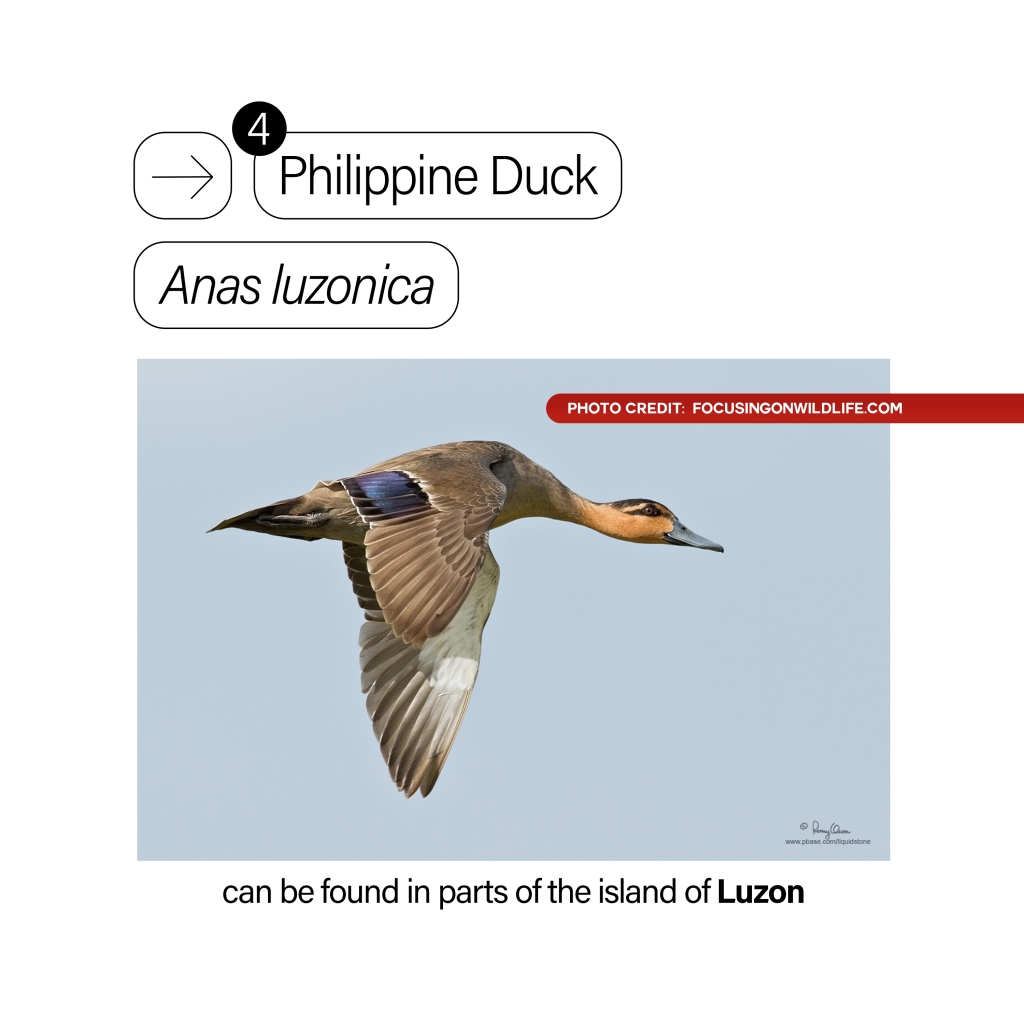By Angel Lea J. Regalado | February 10, 2021
Within the early months of the COVID-19 pandemic, photos around social media would circulate saying that the world is healing due to the lack of human activity brought upon by the global pandemic. However, it is unrealistic to say that the solution to most environmental problems would be a worldwide lockdown. The effects of mass industrialization and the exploitation of resources have become almost irreversible. It would take the combined efforts of many national leaders to protect these areas rich in biodiversity.
Every year, February 2nd is celebrated as World Wetlands Day to raise public awareness on the importance and value of wetlands. In fact, our country is home to eight sites of Wetlands of International Importance, also known as Ramsar Sites. Species that are endemic to the Philippines can be found in these wetlands. Sadly, a few of them are endangered or vulnerable.
Philippine Crocodile (Crocodylus mindorensis)

The Philippine Crocodile, also known as the Mindoro Crocodile, is a medium-sized freshwater crocodile. Its closest relative is the Crocodylus novaeguineae found in New Guinea. This freshwater crocodile is critically endangered and has an extremely limited population due to exploitation and unsustainable fishing practices. Different organizations across the country are taking conservation methods to keep this species from becoming extinct.
Palawan Peacock-pheasant (Polyplectron napoleonis)

The Palawan Peacock-pheasant is a medium-sized bird that is prominent in the culture of the people of Palawan. Found in the humid forests of Palawan Island, it is classified as vulnerable due to hunting, mining, trapping, and habitat loss. It is depicted in the official seal of Puerto Princesa City.
Tabon Scrubfowl (Megapodius cumingii)

This bird is also known as the Philippine megapode and its natural habitats are subtropical or tropical dry forests and lowland tropical rainforests. This scrubfowl can be found in the Puerto Princesa Subterranean River National Park, a designated Ramsar Site back in 2012, where a lot of other species can be found—connecting a range of important ecosystems.
Philippine Duck (Anas luzonica)

The Philippine Duck, known to locals as papan, is a large dabbing duck that is endemic to the Philippines. frequents different wetlands. Most sightings have been in Luzon and Mindanao, but the duck is known to inhabit other major islands of the Philippines, frequenting shallow freshwater wetlands. This bird can be found in the Negros Occidental Coastal Wetlands Conservation Area, another Ramsar Site.
Visayan Wrinkled Hornbill (Rhabdotorrhinus waldeni)

Also known as Walden’s Hornbill, it is a species of hornbill found in the rainforests of Negros and Panay Island. It is locally called dulungan and is closely related to the writhed hornbill. Due to its slow reproductive cycle and decrease in nesting sites due to excessive logging, it is a critically endangered species.
It should not take a global pandemic for us to realize that we need to start taking care of our planet. For years, scientists around the world have called for the preservation of our ecosystems. World Wetlands Day shouldn’t be the only day out of the 365 where we remember the value of wetlands, but each and every day should be a reminder to take care of the planet because at the end of the day, it takes care of us in return.


